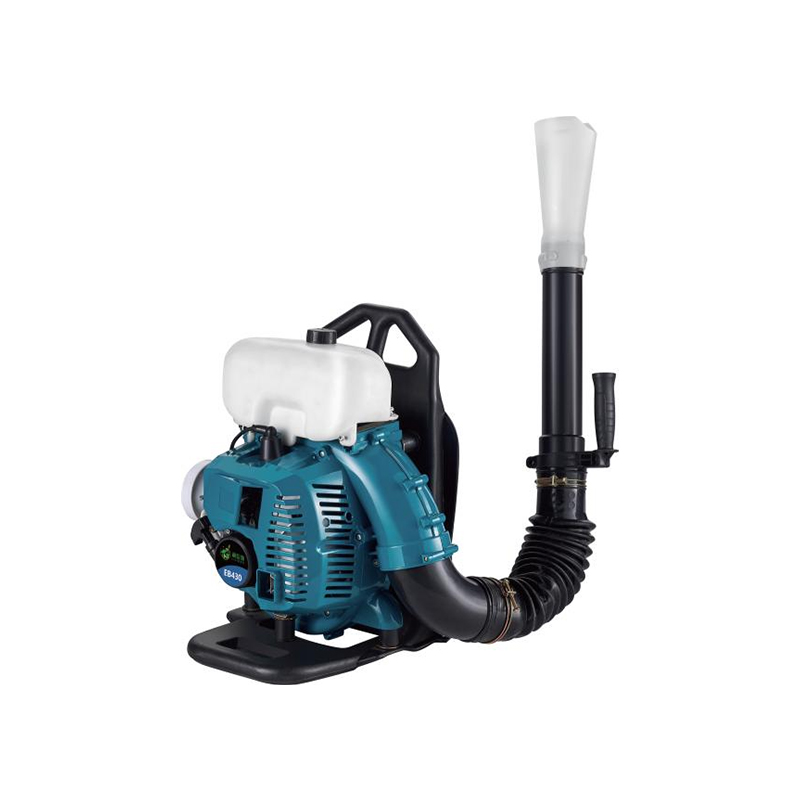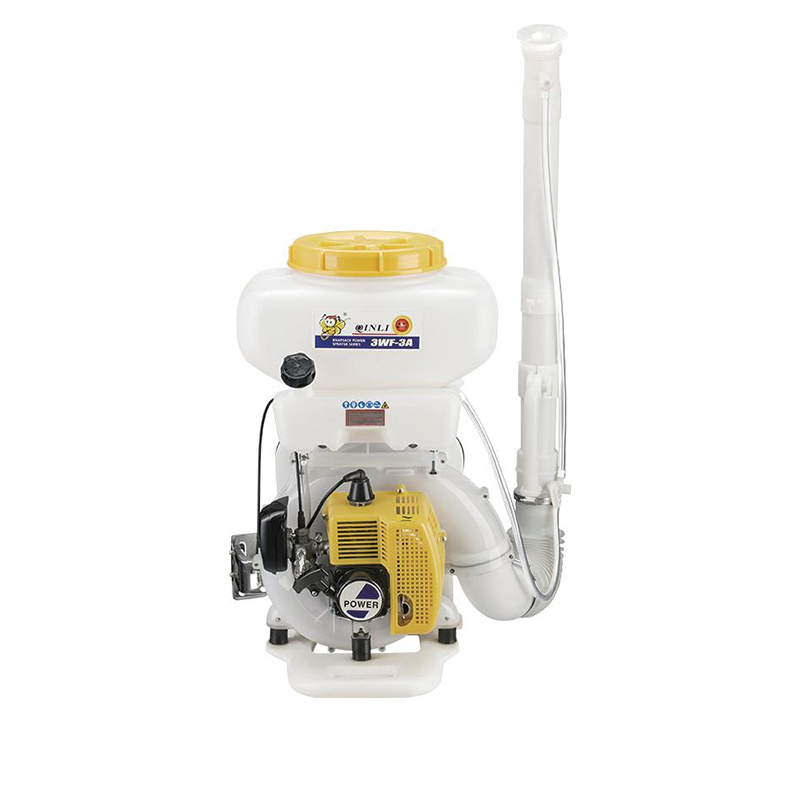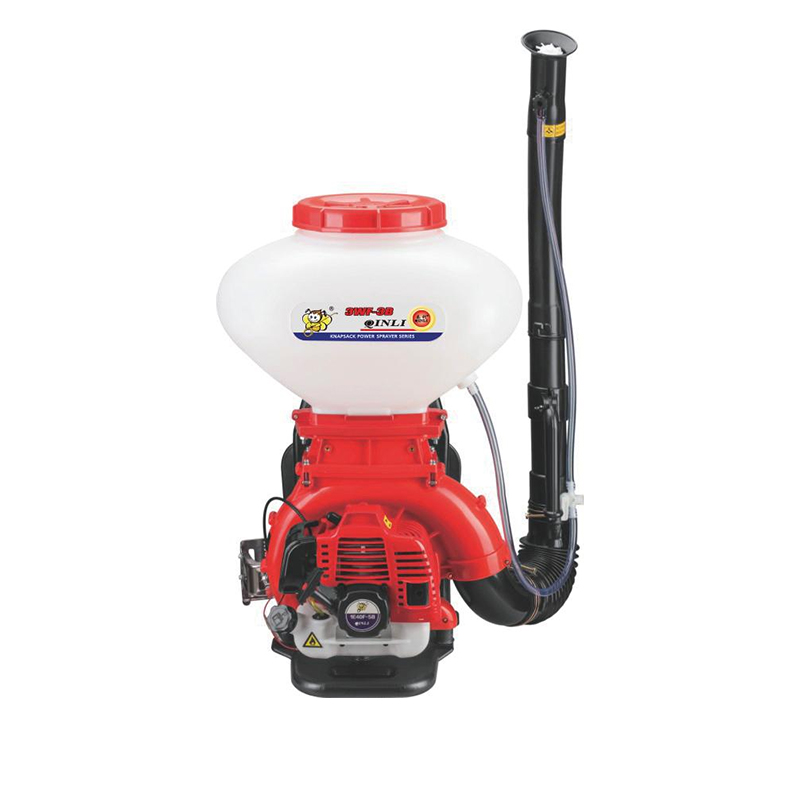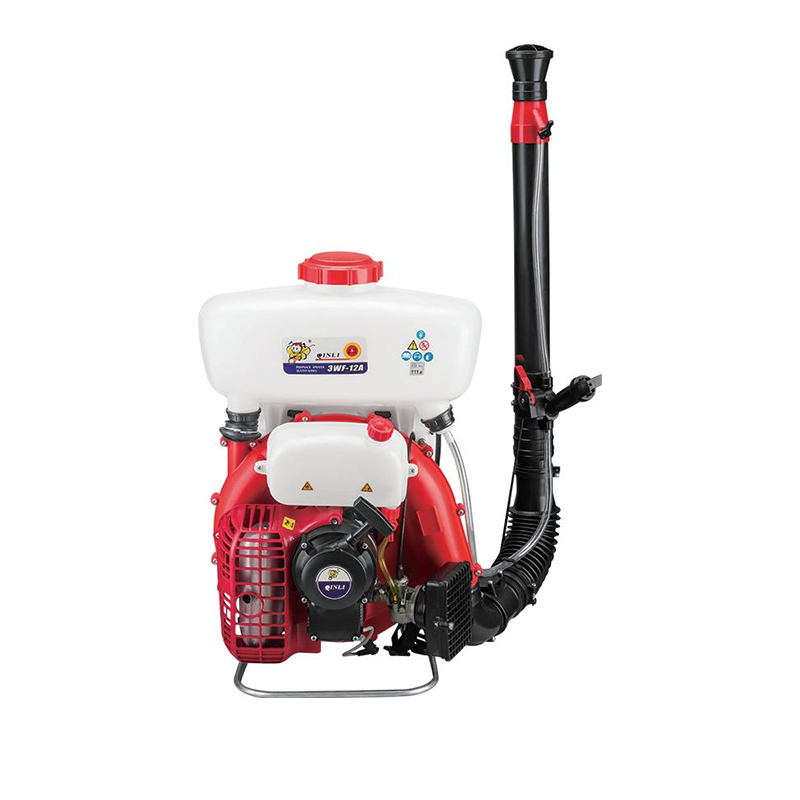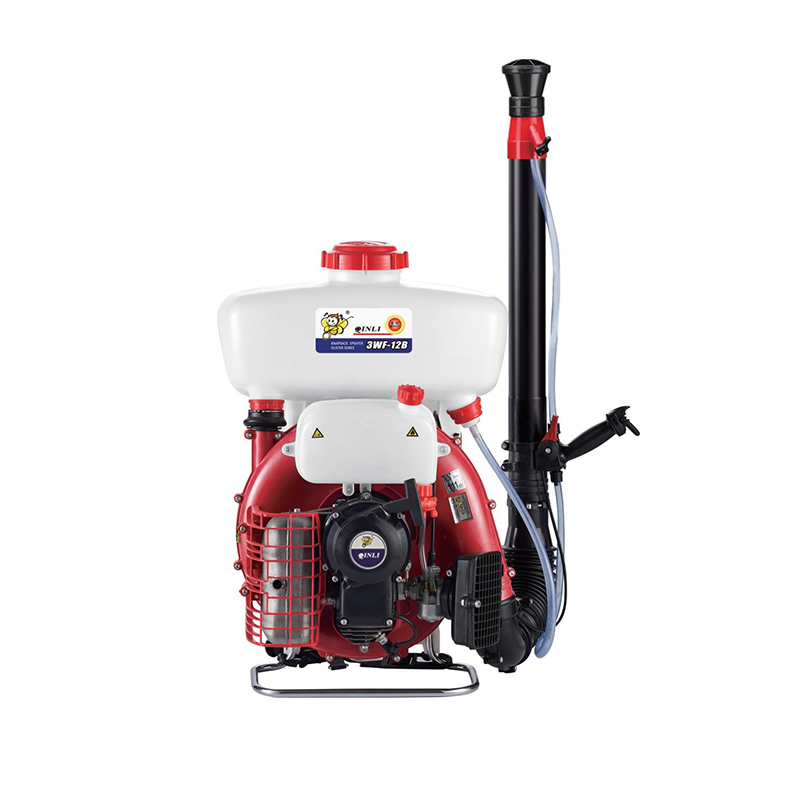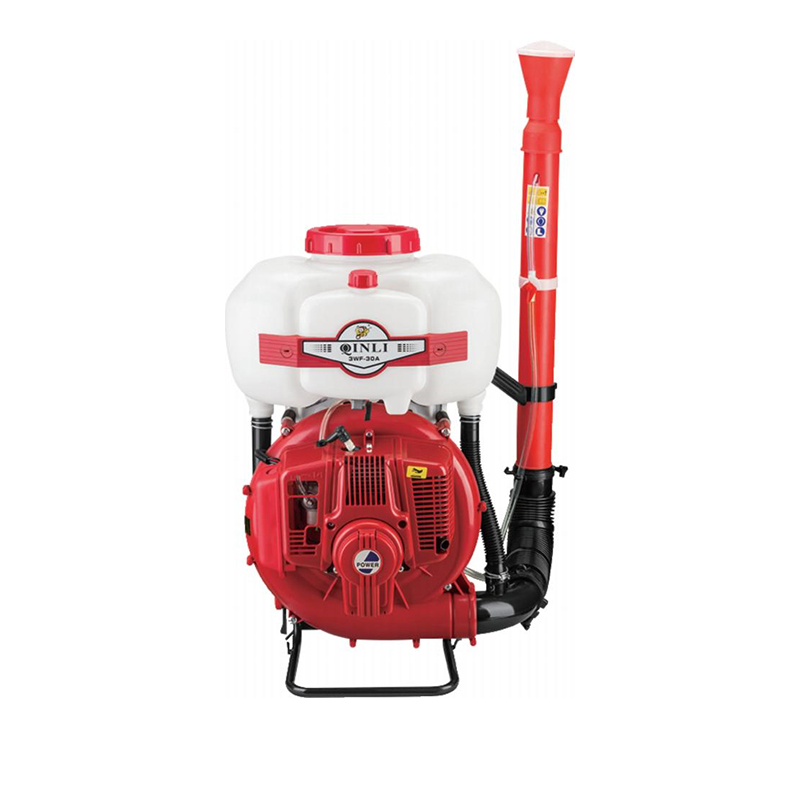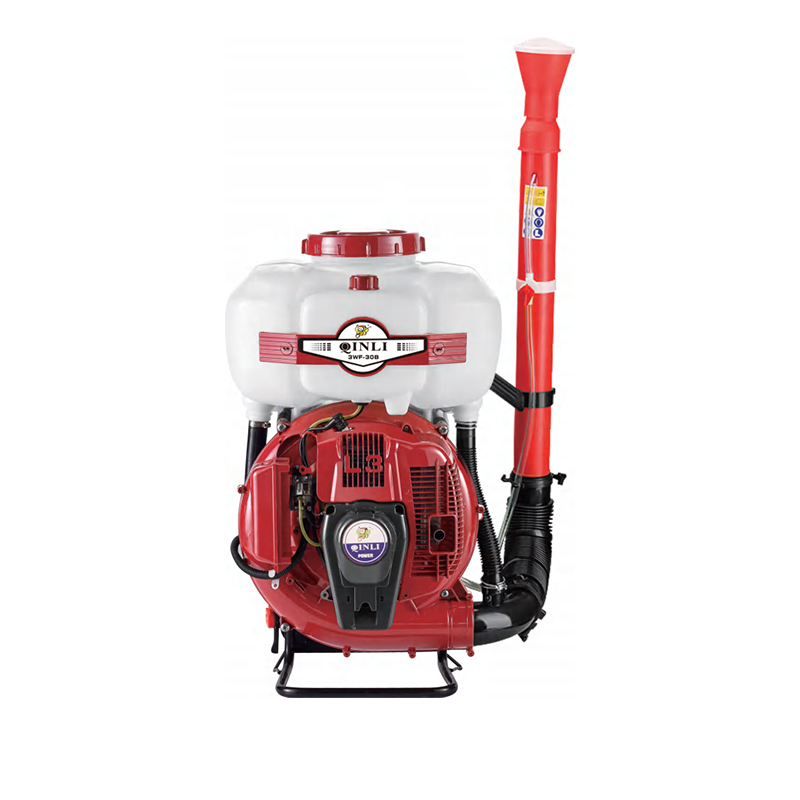Product Search
Gas Gasoline Powered Chainsaw for Clearing Vegetation and Outdoor Work
A gas gasoline powered chainsaw is a practical tool widely used in forestry, landscaping, and home maintenance. Its design combines portability with sufficient cutting power, making it suitable for a variety of wood-cutting tasks. This type of chainsaw operates independently of electricity, allowing users to work in remote areas or locations without power access.
One of the main advantages of a gasoline powered chainsaw is its ability to handle a range of cutting tasks efficiently. From trimming small branches to cutting medium-sized logs, the chainsaw provides reliable performance with controlled precision. Unlike manual saws, which require significant physical effort, a gas-powered chainsaw reduces the time and energy needed to complete wood-cutting tasks.
The operation of a gas chainsaw is relatively straightforward. The engine powers a chain that rotates around a guide bar at high speed, enabling effective cutting of wood. Users typically start the engine with a pull cord and control the chain speed using a throttle. Many models also feature safety mechanisms such as chain brakes and low-kickback chains, which help small the risk of accidents during operation. Proper handling and following safety guidelines are essential to ensure both effective use and user protection.
Durability is a key factor in the design of a gasoline powered chainsaw. Components such as the guide bar, chain, and engine housing are made from materials designed to withstand repeated use and exposure to outdoor conditions. Regular maintenance, including sharpening the chain, cleaning the air filter, checking the fuel system, and inspecting the guide bar, helps preserve performance and extend the life of the chainsaw. Well-maintained chainsaws can provide reliable operation for many years.
Portability and balance are also important considerations. Gas chainsaws are designed to be manageable for users, with handles and weight distribution that reduce strain during prolonged operation. This makes it possible to work in different positions, such as standing, kneeling, or reaching overhead, with greater control and comfort. Lightweight models offer additional ease of use for tasks that require mobility or extended handling.
Fuel efficiency and engine performance are essential aspects of a gasoline powered chainsaw. Modern engines are engineered to deliver sufficient cutting power while maintaining reasonable fuel consumption. Adjusting the throttle according to the task allows users to optimize performance and reduce unnecessary fuel use, making the chainsaw practical for daily tasks or extended work periods.
Applications for gas gasoline powered chainsaws are varied. They are used for pruning trees, cutting firewood, trimming branches, and clearing fallen or overgrown vegetation. In forestry and landscaping, these chainsaws provide the power and mobility necessary for both professional and personal projects. The combination of cutting precision, durability, and portability makes them a versatile tool for a wide range of outdoor work.
In summary, a gas gasoline powered chainsaw is a reliable and efficient tool for wood-cutting and vegetation management. Its combination of engine power, portability, durability, and safety features makes it suitable for professional, recreational, and home use. With proper maintenance and safe operation, a gasoline powered chainsaw can provide consistent performance for many years, supporting effective and efficient wood-cutting tasks.
Recommended Products
- CONTACT DETAILS
-
- +86-13857697898
- +86-576-88121879
- export@qinlisprayer.com
- 18 Yanhai, sanjia Street, Jiao Jiang Dis, Taizhou city, Zhejiang, China
 Download Sample
Download Sample
- PRODUCT CENTER
- SEND A MESSAGE



 English
English  中文简体
中文简体  Español
Español  عربى
عربى 
